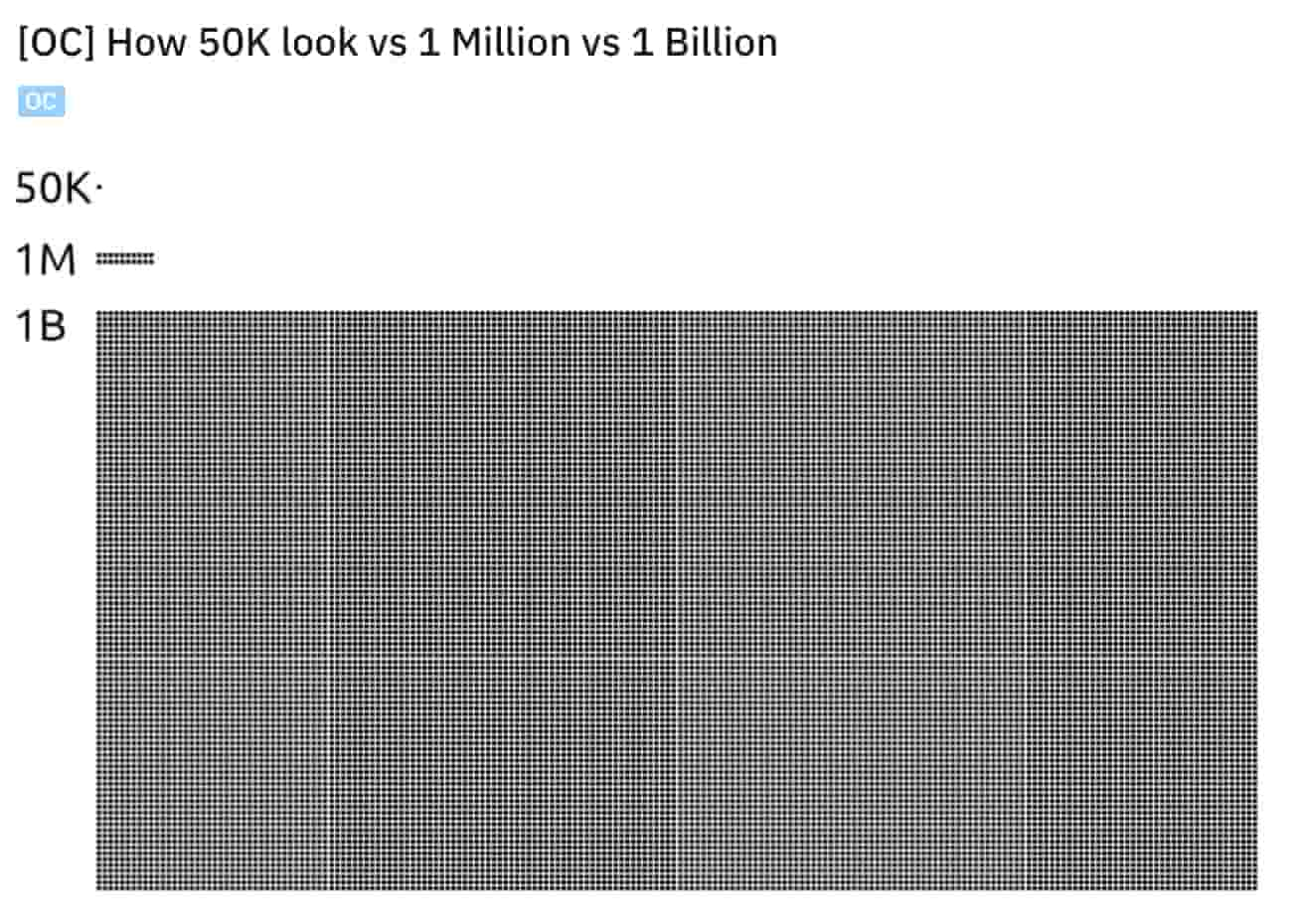How To Tell Stories With Data
Improving your ability to tell stories with data is an important way to engage key audiences. This blog will attempt to shed some light on how data storytelling can help you deliver key messages and ultimately spread the good word about data to more people.

If you work in data these days, you have likely heard about data storytelling. From simple visualizations online to complex investigative pieces from outlets like the Washington Post, data storytelling has exploded as a method to better inform and persuade audiences on a variety of topics. But what is data storytelling in reality? Why should you do it? And how do you make data stories work in your context?
No matter your familiarity or skill level using data, improving your ability to tell stories with data is an important way to engage key audiences. Beginning with why data storytelling matters and ending with some resources to help you hone your skills, this blog will attempt to shed some light on how data storytelling can help you deliver key messages and ultimately spread the good word about data to more people.
Data storytelling: why do it?
People remember stories. Anthropologists contend that storytelling is essential in helping people detect patterns and derive meaning while neurobiologists focus on connecting stories to real human experience to help audiences retain information. In both cases, stories help the audience focus on key information and remember that information when they need it. Stories are memorable and help us process the world around us.
But combining data with stories can be difficult. Statistics and large numbers are difficult for people to estimate and translating data to plain language while retaining nuanced understanding is challenging. Plus, data professionals don’t often get training on storytelling making it even more critical for many organizations trying to use data more effectively. However, you can build your data storytelling skills and use them to make your data more memorable and inspire action.

What are the elements of data stories?
The first step in telling data stories is learning what their components are. All data stories have a few common elements which may seem obvious but are critical to examine to understand how to get the most from data storytelling: data, narrative, and visuals.
Data
It is self-evident that data stories need to include data. However, being thoughtful and taking time to choose what data you include in your data stories is critical to telling a good story. That begins with having a deep understanding of the data, including the context of the data, data quality, and metadata. Knowing the fundamentals of your data will get you far down the path of telling a good data story.
Narrative
The second obvious element of all data stories is narrative. Storytelling has been around as long as people have, and there are a variety of narrative arcs and techniques that are common to good stories. Big data and AI is even helping us identify common traits in tens of thousands of narratives! Knowing the key elements of your story and how you plan to tell it is a huge part of good data storytelling.
Using a clear narrative structure will help you get your message across clearly and convincingly. But in addition, homing in on the key purpose and goal of your story is critical. Whether you’re summarizing, making comparisons, or highlighting outliers, outlining the context and underlying goal of your data story will help you keep your narrative focused on the point you are trying to make. Focusing on people, real-world problems, and the impact of your story will help you connect with your audience and tell a story that will be memorable and actionable.
Data visualization
A final element you will find in almost all data stories is data visualization. Because data may be difficult to conceptualize, strong visuals can help make your point in ways that are easier to understand for the audience. Brains can process images much more quickly than text, meaning that “showing, not telling” your data story makes it more likely that your point gets across and is remembered.
However, visualizations can present information without context. They are often just a snapshot which rely on a strong narrative arc and quality data to make and emphasize critical points, so don’t neglect your data and narrative to focus on flashy visualizations. Data visualization is also a huge topic on its own and we will cover it in more depth in future posts!
How can you get started with data storytelling in your organization?
With the key elements of data, narrative, and visualizations in mind, there are a few key items to consider as you start diving into the world of data storytelling. Addressing these considerations before you start drafting a data story can help you focus on the key messages you want to deliver and ensure you are building a convincing narrative.
- Audience – Who is your data story for? You would likely focus on different data or a different narrative if your audience is internal leadership versus if you are making a public presentation. Taking the time at the beginning to define your key audience can help you choose the right elements for your data story.
- Medium – How will your story be presented? Consider how you might tell a story differently if you were writing a blog versus making a presentation. Fitting your data story to the proper medium will help you ensure your key messages are delivered to your audience in the way you want.
- Goal – What is your goal for the story? Common goals including explaining a topic, persuading someone to take a particular view, or providing information to inform decision-making. Keeping your goal in mind can focus your data and narrative choices and allow you to cut out unnecessary details.
What now? Resources for learning more about data storytelling
Now that you know the basics of data storytelling, it’s time to dive in and start practicing! There are a variety of links throughout this article that can help you learn more about the foundations of data storytelling. There are also a huge amount of resources available online from simple blogs to full blown books and university courses, so search liberally for resources that work for you. A few of my favorites are: Making data more meaningful through storytelling – TED talk, Storytelling with data – Blog, and NAPA cards – Example narrative types for data storytelling.
Data storytelling is critical…so get started today!



